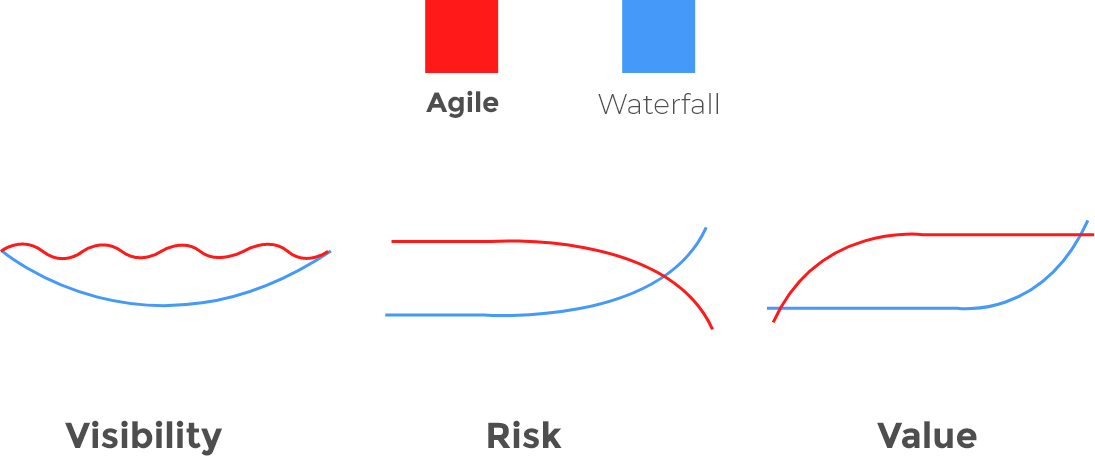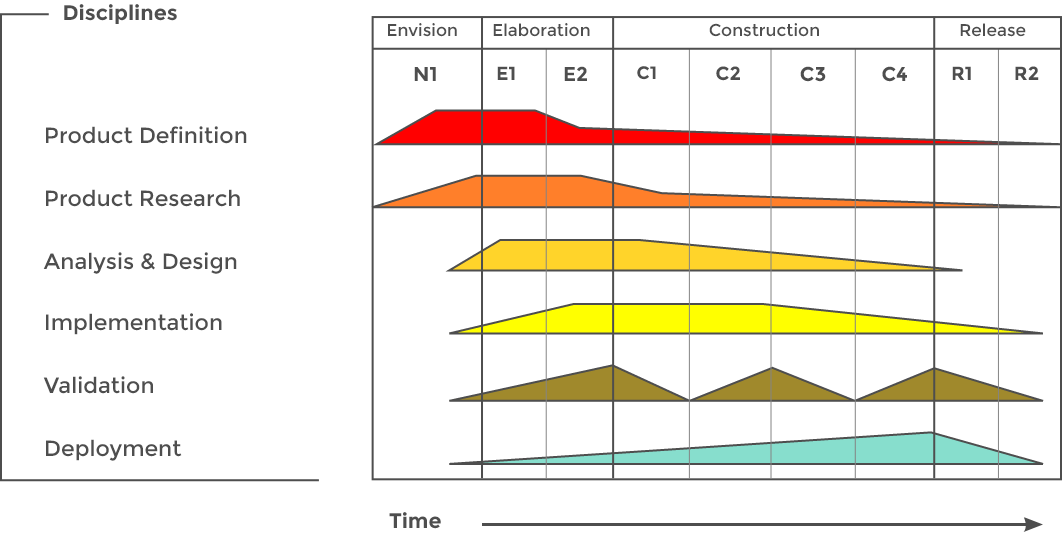Digital Product Implementation
Customer Experience Engineering
Technology & Engineering Outsourcing
Startups
Startups are dynamic; as entrepreneur, you need to select a technology partner who understand you.
Experience Engineering
We will create powerful experiences for your product which your users would love to use.
Data Scientists
We find for you the right data scientist according to your needs.
E-commerce
E-Commerce is not about online website with products listing anymore; it is much more.
Process Re-Engineering & Automation
Backend process re-engineering & automation is vital to deliver optimum user experience.
UI/UX Designers
If you need a skilled UI/UX designer, we can help you find the best for you.
Software Engineers
We help you hire the best software engineering talents on your choice of technology.
Customers Data Governance
Looking to have 360° view of your customers’ journeys across all your business touch points?













